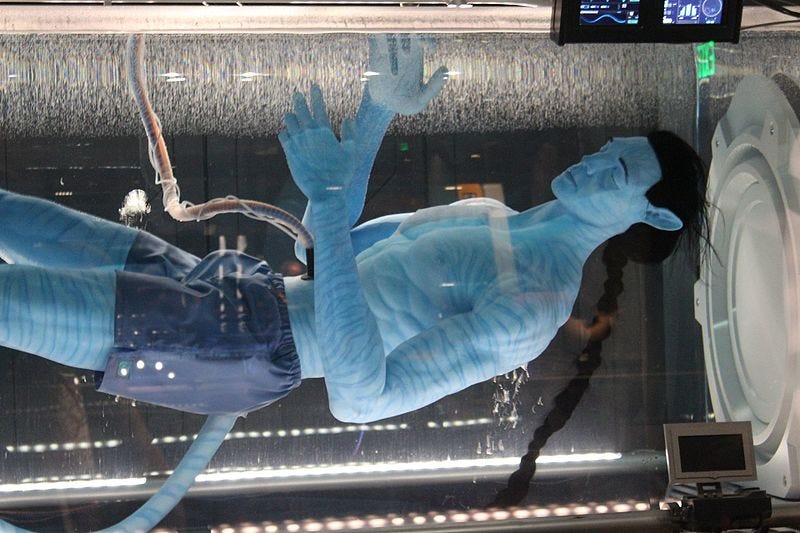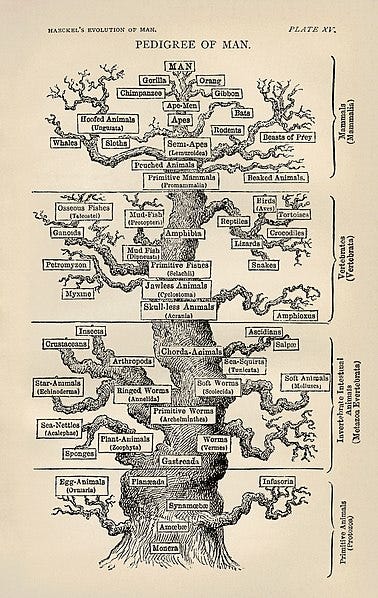Why the Na'vi's Anatomy Raises Questions in Avatar's Biology
Written on
Chapter 1: The Fascination with Whales and Limbs
While visiting the Museum of Natural History in Paris, I encountered a whale skeleton that caught my attention. Notably, where one would expect to see a flipper, I noticed five distinctly “finger-like” bones. Although whales don’t possess fingers, they share a common ancestor with creatures that did. This pattern holds true for various species, including frogs, lizards, birds, bats, cows, and humans, all showcasing what biologists refer to as “pentadactyl” limbs.
Pentadactyl limbs serve as an example of homologous structures, which are traits that appear across different species due to a shared evolutionary ancestor. However, not all similar structures are homologous; for instance, the wings of birds and bats are considered analogous. Birds and bats did not inherit their wings from a common ancestor, but rather, they evolved independently in response to similar environmental challenges.

Chapter 2: Avatar's Unique World-Building
Upon watching Avatar in theaters in 2009, I was struck by the film's imaginative world, particularly its biological aspects. The lifeforms on Pandora exhibited enough alien characteristics while maintaining similarities to Earth’s ecosystems. The flora, for example, mirrored the lushness of tropical rainforests. In such climates, trees naturally evolve fractal structures in their roots, branches, and leaves, enhancing their ability to capture sunlight, water, and nutrients.

The fauna on Pandora was equally intriguing. The planet is home to creatures resembling frogs, horses, deer, dogs, panthers, rhinoceroses, lemurs, and humans. Among them, the Na’vi stand out as the indigenous species. Interestingly, most large animals on Pandora possess an extra set of forelimbs.
While I ponder the evolutionary reasons behind this feature, it raises questions about the Na’vi's anatomical design. Unlike the other species, the Na’vi lack additional forelimbs, suggesting that they may belong to a completely different evolutionary lineage. This notion challenges the understanding of their relationship with Pandora’s biodiversity.

Section 2.1: The Mystery of Evolutionary Trees
In the context of Earth, humans are closely related to primates and share a more distant ancestry with other mammals, birds, lizards, and frogs. The pentadactyl limbs we possess are evidence of our common ancestry. The film seems to suggest that all creatures on Pandora have evolved similarly to those on Earth, developing adaptive differences that still reflect shared origins—except for the Na’vi, who appear as evolutionary outliers.
Is it plausible that every species related to the Na’vi has gone extinct, leaving them isolated? This seems unlikely. One could argue that their forelimbs might have disappeared, similar to our tails, but the Na’vi’s arboreal habitat could actually benefit from the presence of extra limbs.
